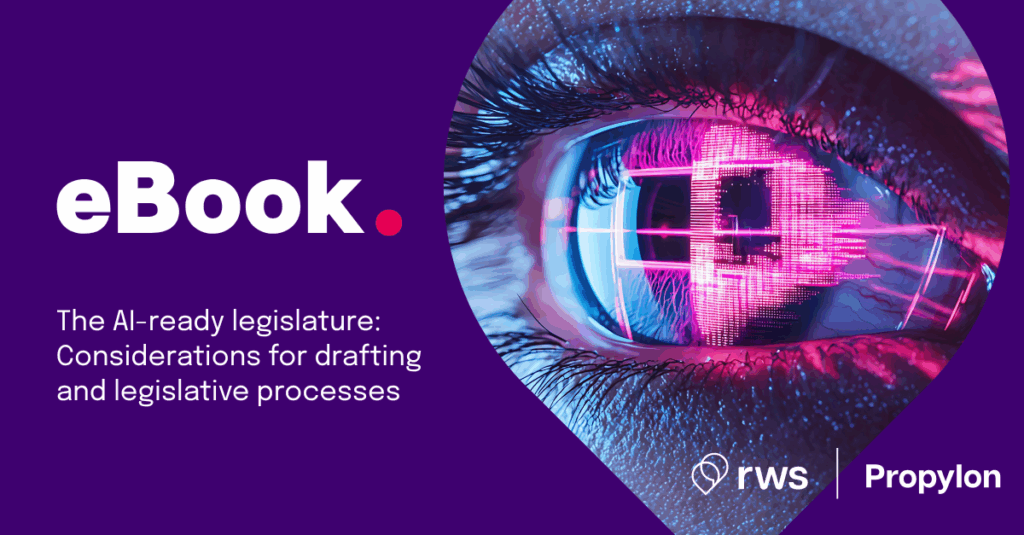You’ve probably noticed artificial intelligence (AI) popping up everywhere lately. Whether people admit it or not, tools like ChatGPT are quietly becoming that extra pair of hands in offices around the world. And it’s no surprise that legislative and regulatory drafters are curious about how AI might fit into their own high-stakes work.
But here’s the catch: writing laws isn’t like drafting a quick email. Every comma can change how society functions. So where does generative AI fit in when precision and accountability are non-negotiable?
The Risks of AI in Legislative and Regulatory Drafting
Before diving into opportunities, it’s important to highlight the risks of using AI in the drafting process:
- Wording errors and loopholes: A small mistake in phrasing could unintentionally alter the meaning of a law, leaving dangerous gaps or unintended consequences.
- Hallucinated citations: Generative AI is notorious for making up case law or referencing outdated statutes with confidence. Imagine citing a court ruling that doesn’t exist—an obvious credibility risk.
- Confidentiality concerns: Draft bills and regulations are sensitive by nature. Pasting them into a public chatbot could compromise security and even expose government documents to outside model training.
These challenges are serious enough that many people ask: should AI be banned from legislative drafting entirely?
Why a Blanket Ban Isn’t the Answer
Completely excluding AI from the drafting process may be an overreaction. Instead, the focus should be on responsible integration with safeguards in place. When used correctly, AI can actually accelerate legislative workflows without sacrificing precision.
One promising approach is Retrieval-Augmented Generation (RAG). Unlike a standard model that “guesses” based on training data, RAG pulls directly from verified sources, such as a trusted knowledge graph of laws and regulations. The AI still produces text in clear, plain language—but its answers are grounded in real, authoritative information.
This approach helps reduce hallucinations, ensure accuracy, and preserve confidence in legislative drafting processes.
AI as an Assistant, Not a Drafter
The key takeaway is simple: AI should support, not replace, human expertise. Legislative drafters bring contextual knowledge, ethical judgment, and accountability that machines simply cannot replicate.
By keeping humans in the loop and feeding AI with curated, authoritative data, lawmakers can leverage the best of both worlds:
- Speed and productivity from AI assistance
- Accuracy, oversight, and trust from human drafters
AI isn’t a silver bullet, but with the right framework, it can become a valuable tool in modern legislative technology.

